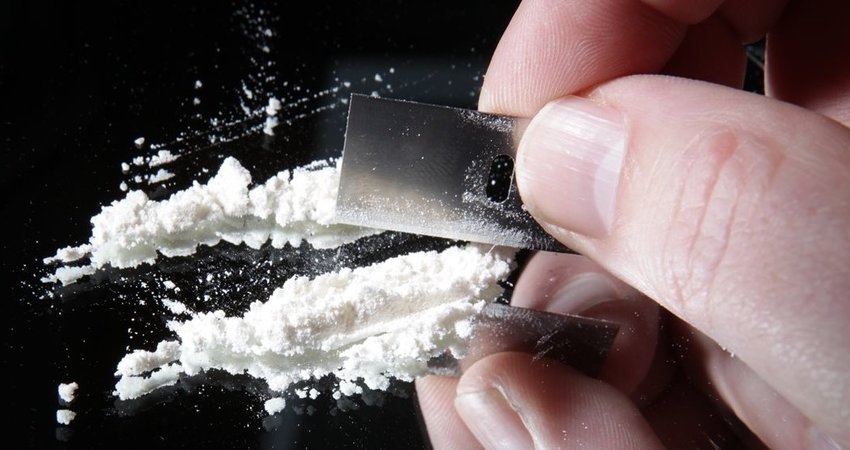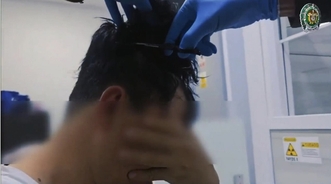As the world slowly starts to look at legalisation as a solution to the drug problem, it’s pertinent to remember a time when drug money saved the world. During the 2008 global banking crash, the black market played an enormous role in keeping capitalism afloat.
While governments toil to curtail the drug supply and imprison those responsible, the constant movement of money is the only thing which keeps the economy breathing. In 2008, as faith in the system diminished, access to cash dried up. Profits from organised crime therefore constituted the only liquid capital which was available to banks nearing collapse. This is according to prominent economist Antonio Maria Costa who, at the time, was the head of the United Nations Office on Drugs and Crime.

The estimated global value of the illegal drugs market was $352bn at the time. Speaking in 2009, Costa stated that the majority of this money was absorbed back into the economy. "In many instances, the money from drugs was the only liquid investment capital,” Costa stated to the Guardian. “In the second half of 2008, liquidity was the banking system's main problem and hence liquid capital became an important factor."
Of course, banks are supposed to ensure they aren’t accepting dirty money. However, prior to the 2008 crash, there were far bigger problems at play. The US housing market was built on derivatives trading and subprime mortgage. This made for a bubble primed to pop.

Ironically, far more effort was being put into crime prevention. In the fiscal year of 2008, America’s DEA (Drug Enforcement Agency) seized $12.5 million in assets. Of course, this is a drop in the ocean of narcotics which - while controlled by gangs, cartels and crime families - creates economic growth. The distribution of illegal drugs which have been purchased in bulk generates enormous profits, which are fed back into the economy through spending or investment.
However, this money was buried even further into the financial markets by way of loans between banks. As Costa explains: "Inter-bank loans were funded by money that originated from the drugs trade and other illegal activities ... There were signs that some banks were rescued that way."

"That was the moment when the system was basically paralysed because of the unwillingness of banks to lend money to one another,” Costa continues. “The progressive liquidisation to the system and the progressive improvement by some banks of their share values [has meant that] the problem [of illegal money] has become much less serious than it was."
Costa didn’t name any specific banks which he believed had been kept afloat with drug money however, the UK’s Office for National Statistics announced in 2014 that they would be including proceeds from drugs and prostitution in GDP (gross national product).

However, it’s interesting to look at what happened after the crash. From September to November of 2008, America’s Federal Reserve increased its total assets by $1.3 trillion. This alone is almost four times the $352 billion of drug money which Costa hails as the hero.
“[In 2011] the Government Accountability Office report found that by the end of 2008, the central bank had loaned more than $1 trillion to banks to unfreeze the liquidity crisis,” states finance reporter Jay Jenkins on Motley Fool. “In 2009, the U.S. government executed massive purchases of mortgage-backed securities - many of which were considered toxic at the time - to remove perceived risk from banks' balance sheets. That move successfully reopened the interbank lending banks rely on to fund day-to-day operations.

“On top of all that stimulus,” he continues, “Congress was also hard at work. Federal Deposit Insurance Corporation insurance was expanded. Fannie Mae and Freddie Mac were explicitly backed by the government after falling into receivership. TARP, TALF, and a host of additional legislation backstopped individual banks and the system itself.”
There is also the argument that, as the head of the United Nations Office on Drugs and Crime, Costa had a vested interest to inflate the significance of drug-related crime. This harks back to the era of "Reefer Madness" which saw the commissioner of the Federal Bureau of Narcotics help create a smear campaign against the hemp industry. However, to claim that crime saved the global finance system does seem somewhat counterproductive for Costa.

Furthermore, while Jenkins makes some valid points, Costa’s argument is that, rather than forge the road to economic recovery, the illegal drugs trade formed a thread by which the economy was hanging. There were a number of lifelines preventing a complete financial breakdown but the illegal drugs trade was undeniably important in keeping capitalism from collapsing completely.

